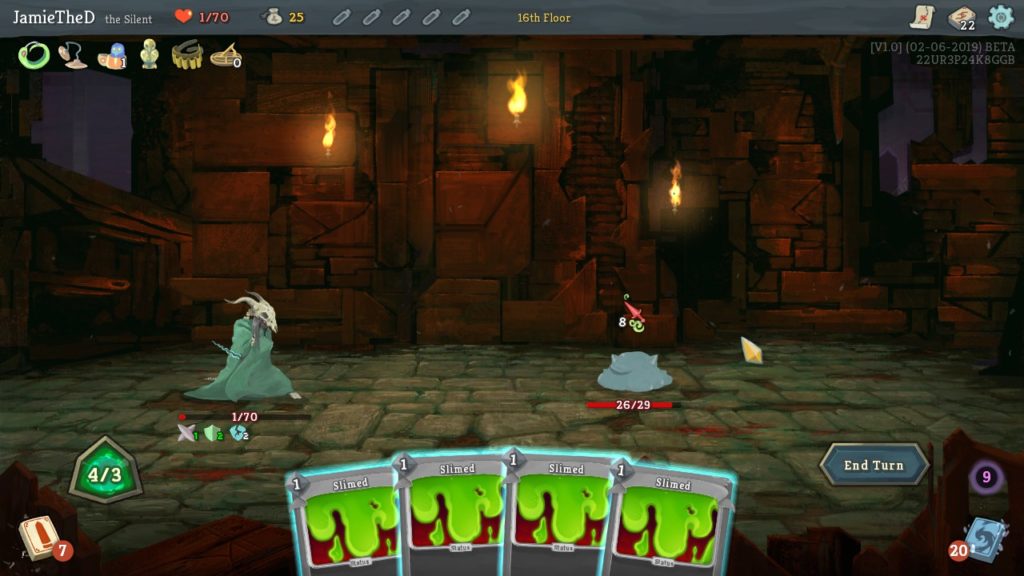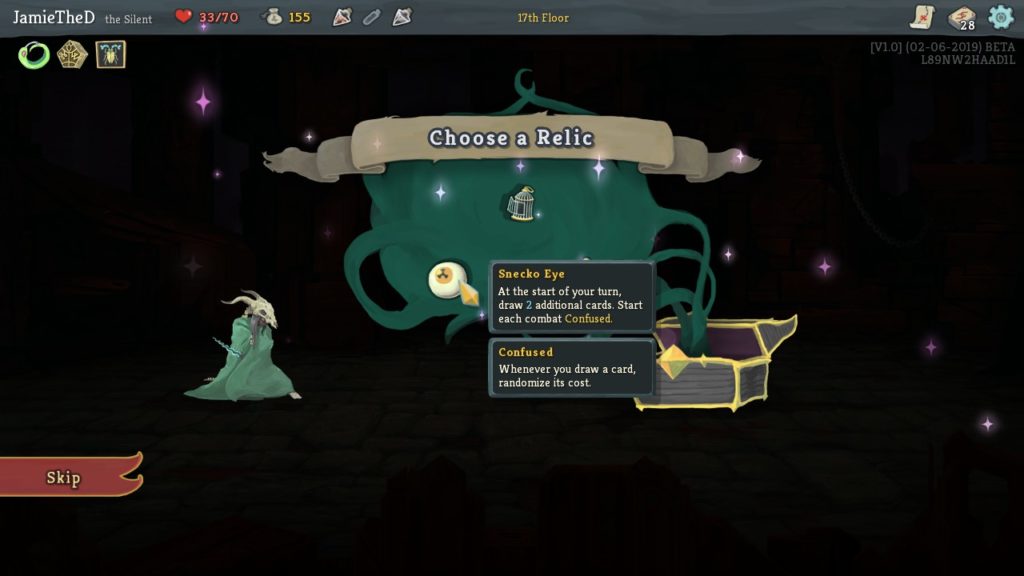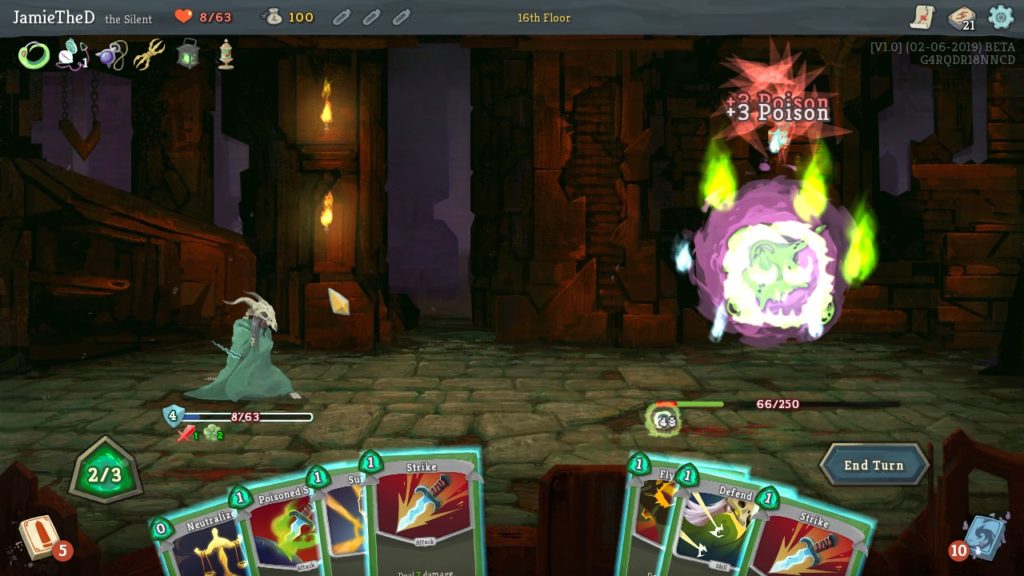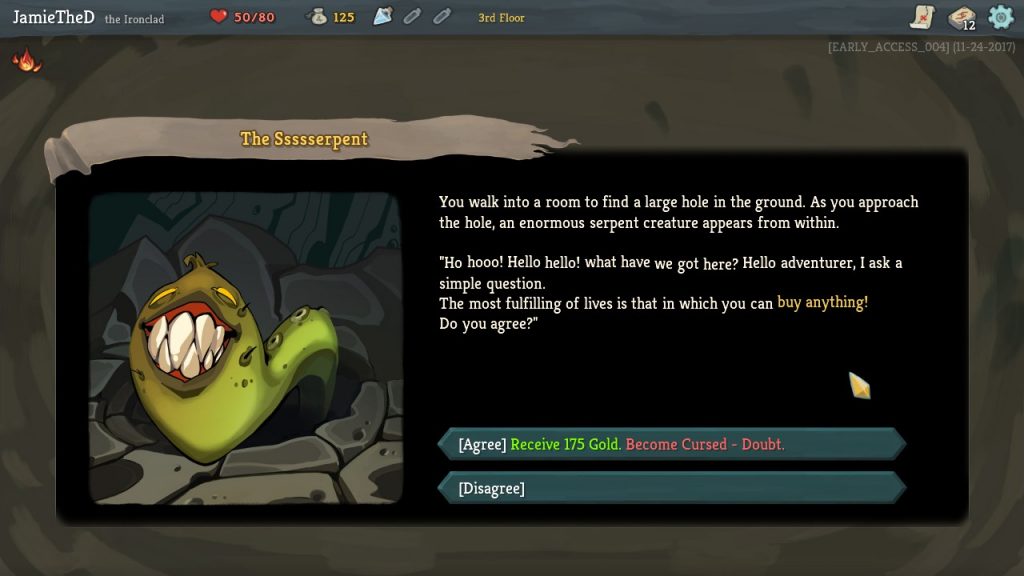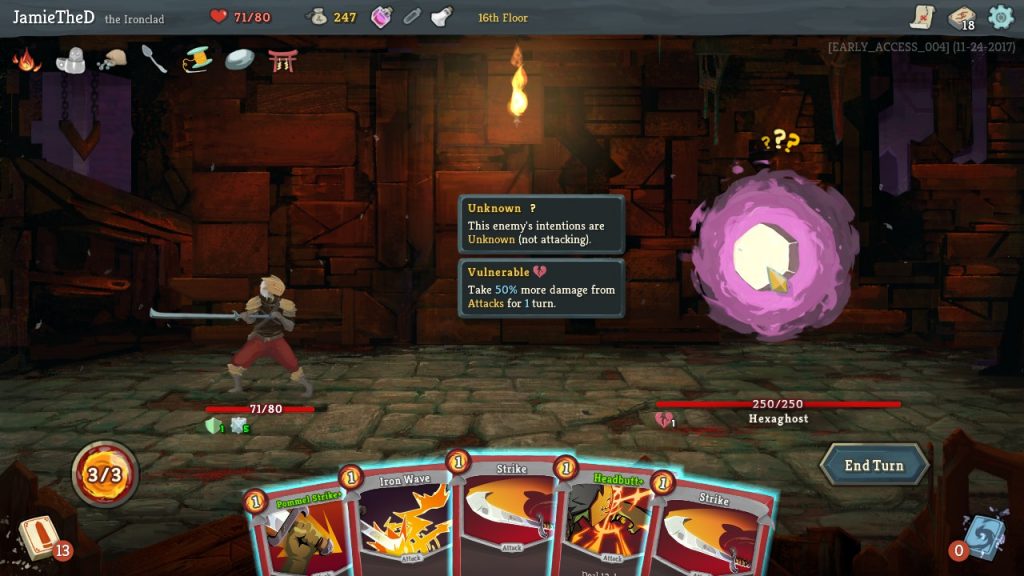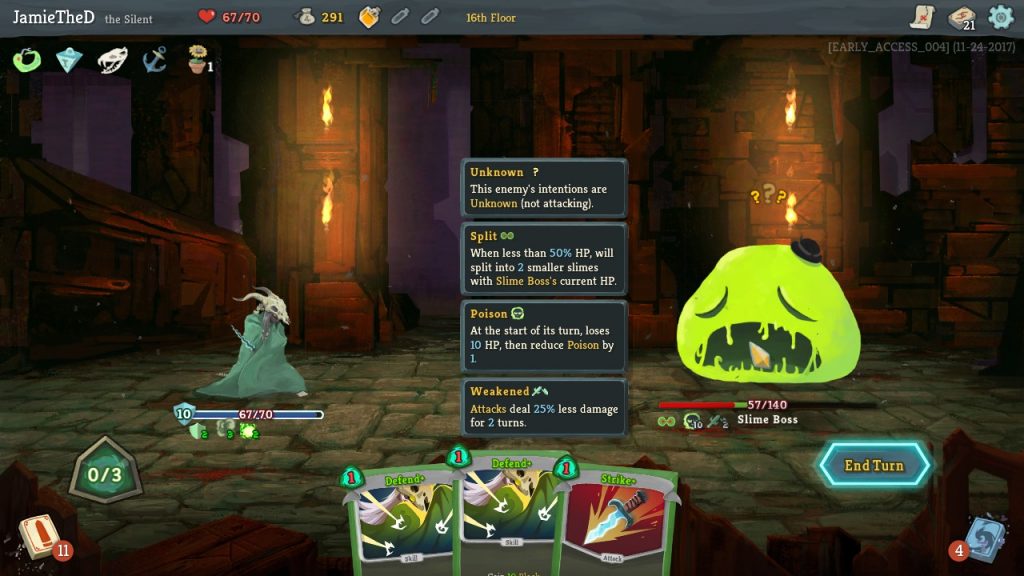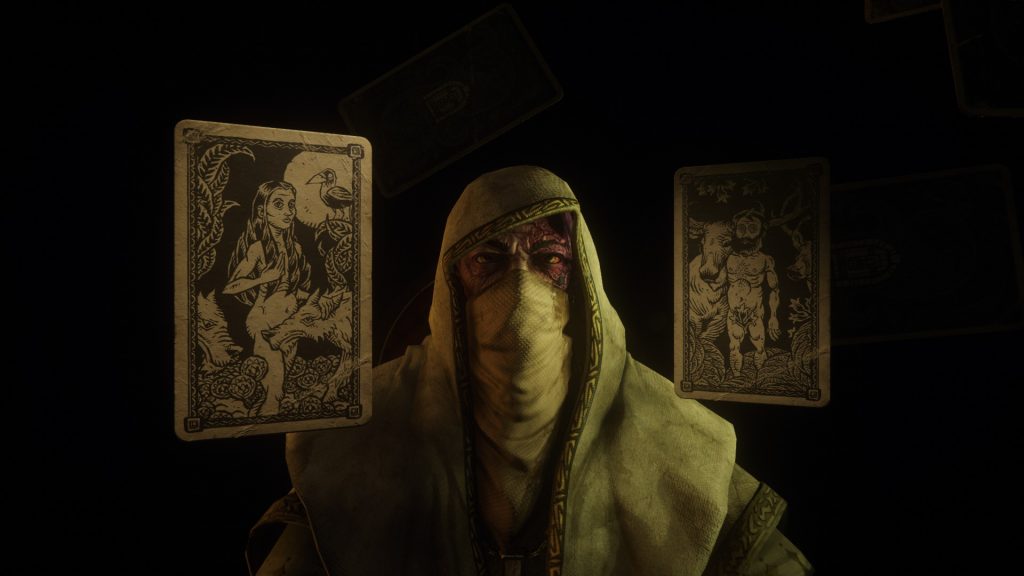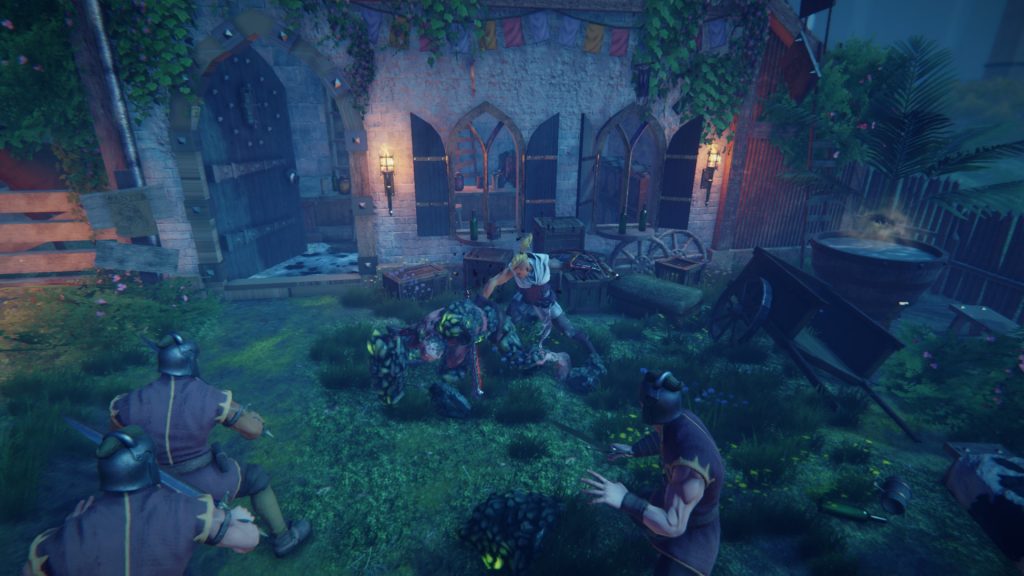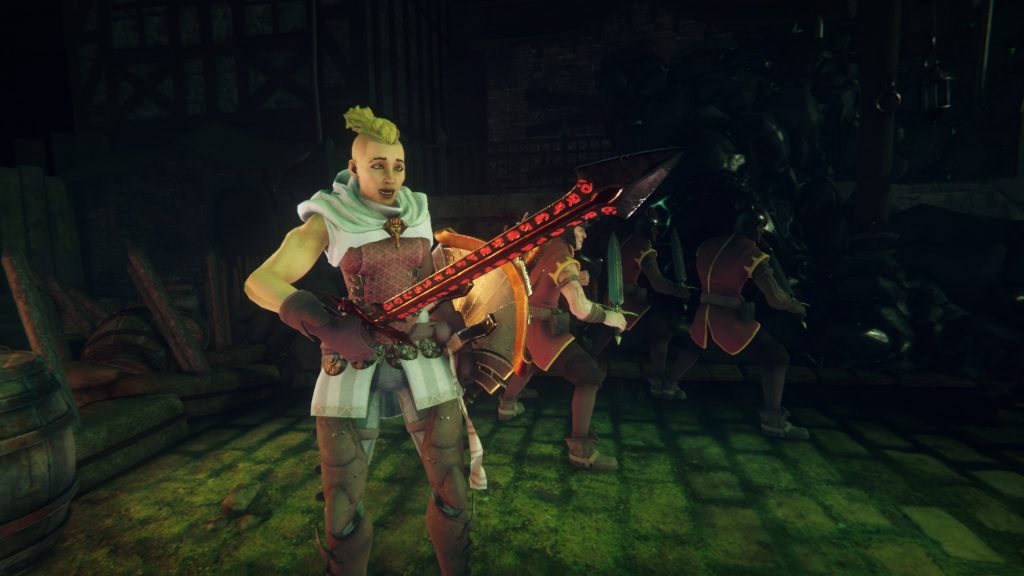Deathtrap Dungeon: The Interactive Video Adventure (Review)

Source: Cashmoneys
Price: £9.99
Where To Get It: Steam
Oh god, here we are again. Ian Livingstone’s Deathtrap Dungeon is one of Ye Olde Choose Your Own Adventure Roleplaying experiences, and, if you read my review of Fighting Fantasy Legends Portal (which contains the trilogy), you will know that they can best be described as “Bastard hard with some Dead Man Walking scenarios.”
So, why am I back? Well, apart from video game masochism (Almost a job requirement), this is fully narrated by Eddie Marsan, seated in a comfortable leather armchair… As your Dungeon Master stand in.

Alas, as soon as we begin, I have a critique: Subtitles are off by default, and the game doesn’t have a windowed mode. Come on, folks, we can do better than that! That, and… No windowed mode. Welp. Adding to this, folks might be uncomfortable with the narration videos themselves, for a couple of reasons. Firstly, direct eye contact is the name of the game here (which I know makes some uncomfortable), and secondly, some sections (some of which are necessary for a successful completion of the adventure) have video effects that are also uncomfortable, such as an eye straining “heat haze” effect.
Still, once you’ve properly started the adventure, rolling or choosing your stats, picking your potion, and getting past the first choice of the game, the game has a save system that fits the gamebook well… Checkpoint saves. You can start over from an early checkpoint, to take another route entirely (the major routes are quite long, and there’s some side encounters on each… Some of which are necessary), or reload a set of encounters, to maybe come out of it with more health. Also welcome is the cut-down fight system, where three rounds decide the fight, rather than slogs which… Well, they can definitely kill you pretty easily.

Eddie Marsan’s narration is, nonetheless, solid, the aesthetic is mostly alright, the soundscape is good, I enjoyed the cut-ins of the original illustrations… But whether you like this game really depends on a few things: Whether any of the above turned you off… Whether you have some nostalgia for the era of Choose Your Own Adventure gamebooks… And whether you’re going to be okay with this one, one of the more infamous of the Fighting Fantasy books, with its single actual path to victory, paths which are, effectively, dead man walking, and a fair few “Your adventure ends here” moments. If the answer for the two positive ones is yes, turn to 104. If it’s no, turn to 136. If you’re still undecided, you may choose to use one of your items, before taking one of the two paths in front of you.

104 – As you travel down the corridor, you find time regressing, images of your past life, tinged with a rosy light, flashing down the mirrored sides of the golden path you find yourself on. You wish to stay here, forever.
Nostalgia has taken you, and your adventure ends here.

